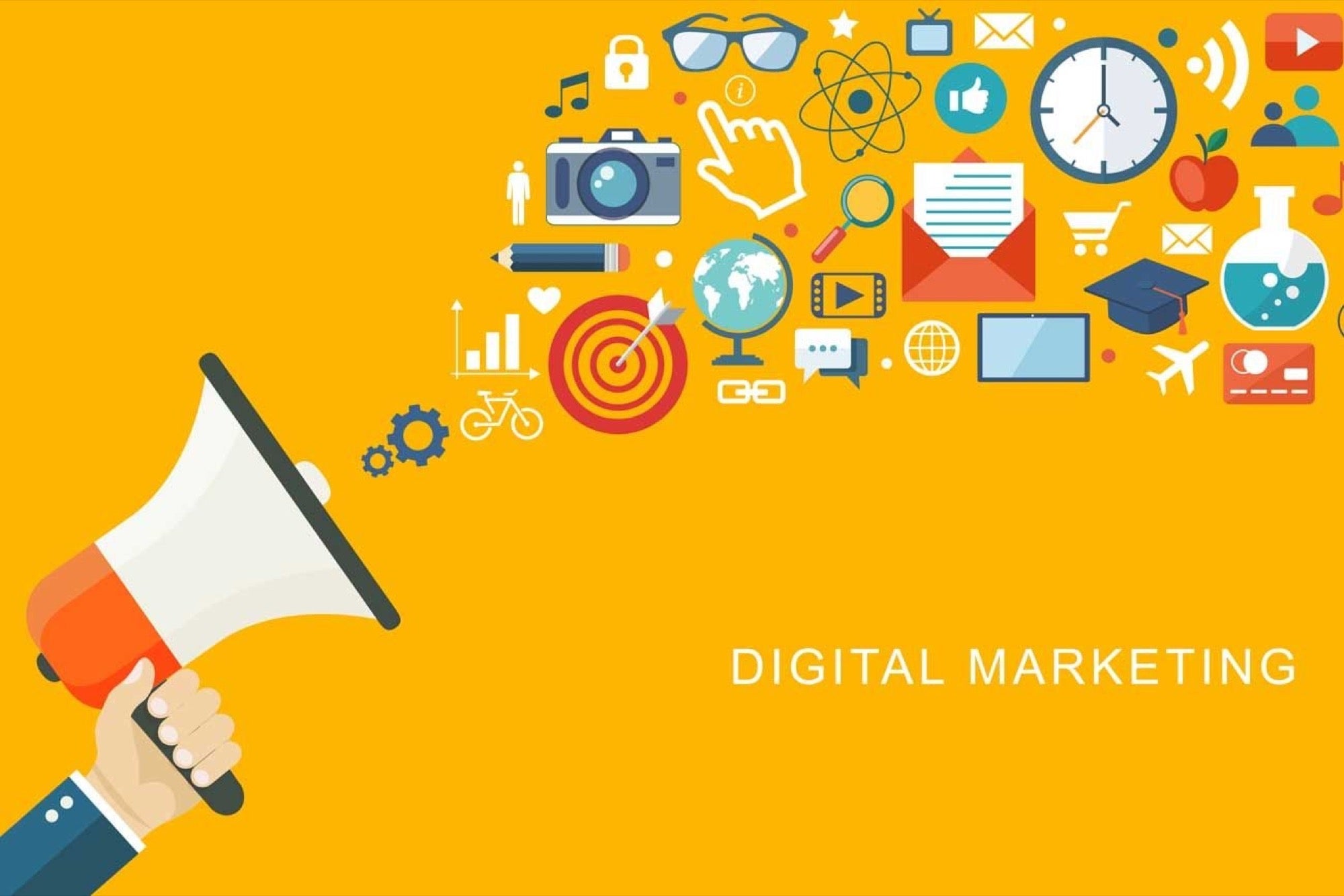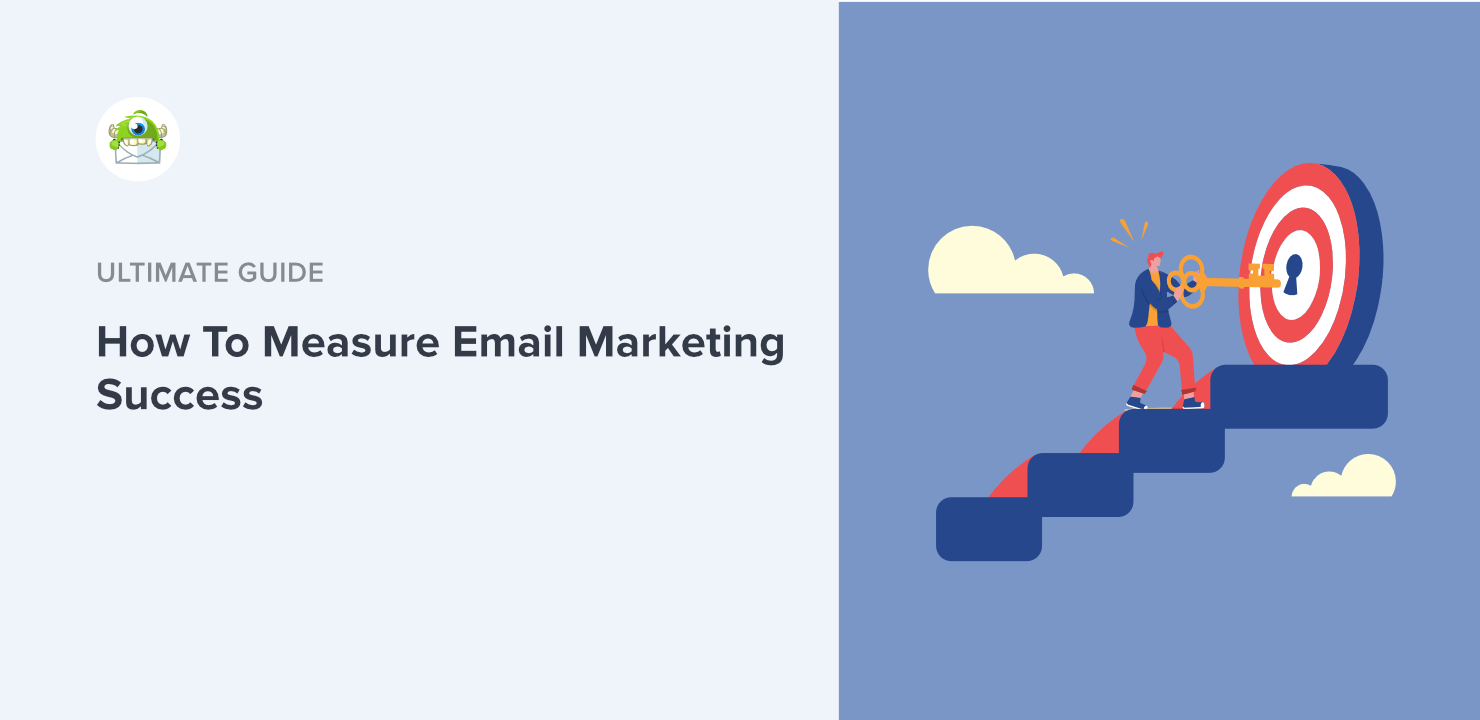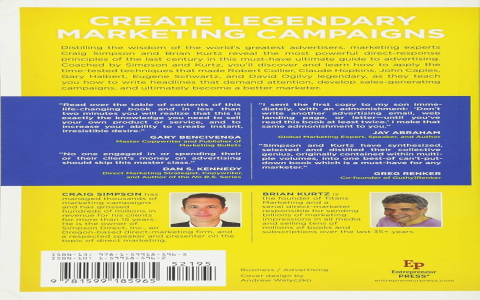Alright, so I wanted to share a bit about my recent dive into what Apple calls “swift promotions.” Not like, “promotions that happen quickly,” though that’d be nice, but more like how we can offer deals and special prices for our in-app stuff using Apple’s system.

Getting Started with the Idea
It all began when I was looking at our app’s numbers. You know how it is, you pour your heart into these features, and then you hope people will actually, well, pay for them. We had some decent uptake on our subscriptions, but I felt like we could do better, especially with trying to win back folks who’d left or maybe nudge those on the fence.
I remembered hearing about promotional offers and introductory pricing Apple lets you set up. Seemed like a good avenue to explore. My first stop, as usual, was digging through Apple’s own developer docs. Sometimes it’s a bit dry, but that’s where the ground truth usually lies.
Into App Store Connect We Go
So, the main control panel for this stuff is App Store Connect. I logged in, navigated to my app, and then to the “Subscriptions” section. Under each subscription group, you can manage “Subscription Prices,” and that’s where the magic starts.
There are a couple of main types I focused on:
- Introductory Offers: These are for new subscribers. You can offer a pay-as-you-go period for cheap, a pay-up-front for a longer duration at a discount, or just a free trial. We already had free trials, but I tweaked the duration a bit.
- Promotional Offers: This was the juicy part for me. These are for existing or lapsed subscribers. This felt powerful. You can create specific offers for specific segments.
Setting them up wasn’t too bad, actually. For promotional offers, you have to generate unique codes or define offer identifiers. I went with offer identifiers because I wanted to control the presentation in-app rather than just handing out codes.

You pick the duration, the price, and who it’s for. For example, I set up one for users whose subscriptions had expired more than a month ago, offering them a nice discount to come back.
Making it Show Up in the App
Now, here’s the thing: just setting these up in App Store Connect doesn’t mean users will magically see them. You gotta do some work in your app’s code.
I had to use StoreKit, naturally. The main bit was fetching these promotional offers. You can get your `SKProduct` and then check its `promotionalOffers` property. But first, you need to make sure your server (or some logic) determines if a user is eligible for a specific promotional offer you’ve configured. Apple provides ways to sign these offers on your server to make them secure.
So, the flow was something like this:
- User opens the app, maybe goes to the subscription screen.
- My app checks with our server if this user is eligible for any cool deals I’ve cooked up.
- If they are, the server tells the app which offer identifier to look for.
- The app then fetches the product details from StoreKit and finds the specific `SKPromotionalOffer` using that identifier.
- Then, finally, I could display something nice like, “Hey, welcome back! Get 50% off for 3 months!”
Presenting the offer was key. A simple `UIAlertController` for testing, but for the real deal, I made a nicer custom view. It had to clearly show the discounted price and the terms.

The Testing Grind
Oh, testing in-app purchases. It’s always an adventure, isn’t it? Sandbox testers are your best friends and sometimes your worst enemies. I spent a good amount of time creating new sandbox accounts, “letting” subscriptions lapse, and then trying to trigger the promotional offer flow.
A few times, the offers wouldn’t show up, and I’d be scratching my head. Usually, it was a silly mistake in the offer identifier string or some caching issue on Apple’s side that just needed a bit of patience (or a device restart, the classic fix).
One thing I learned quickly is to make sure your UI clearly distinguishes between a standard price and a promotional one. Users need to understand what they’re getting.
What Happened Next?
Once I got it all wired up and tested, we rolled it out. It wasn’t like a switch flipped and suddenly everyone was buying, but we definitely saw an uptick in resubscriptions from the “lapsed user” promotion. We also used a promotional offer for an end-of-year campaign, which did pretty well.
The main takeaway for me was that these tools are there, and they’re pretty flexible. But you, the developer, have to connect the dots. You need to think about your user segments, what kind of offers would appeal to them, and then build the in-app experience to present those offers clearly and at the right time.

It’s not “swift” in the sense of being effortless, but it’s definitely a powerful part of the App Store’s toolkit for managing your subscriptions and sales. I’m still playing around with different types of offers and how to best surface them. It’s an ongoing process, like most things in app development!
